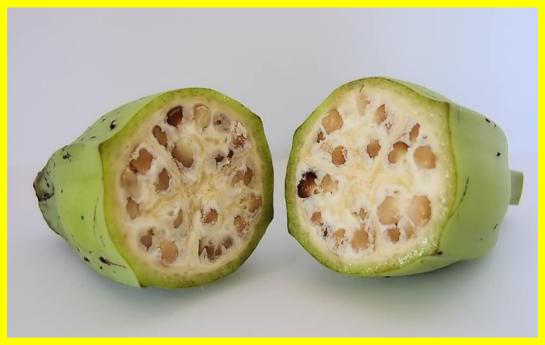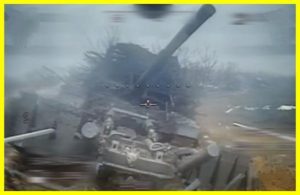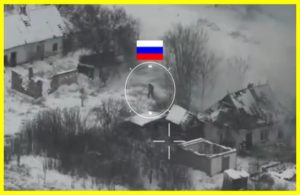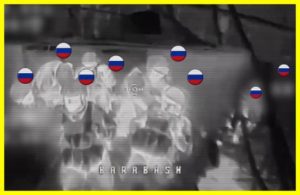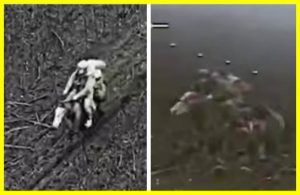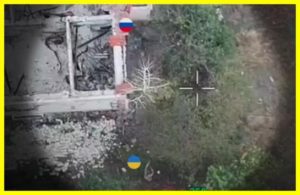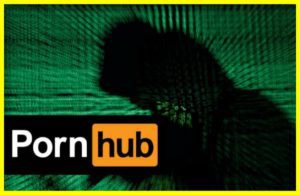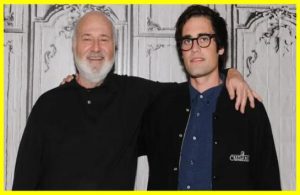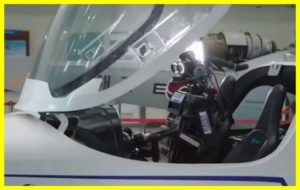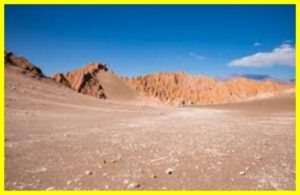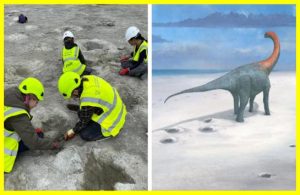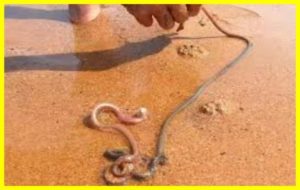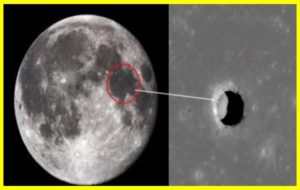This is what wild bananas looked like before human intervention
Bananas used to be quite different from what we know today. The fruits were small, with thick peels and almost completely filled with large, hard seeds.
These seeds took up to 90% of the volume. There was almost no edible pulp, and it tasted tough and unpleasant.
Everything changed thanks to a random mutation that allowed the fruit to develop without seeds or pollination – this process is called parthenocarpy.
Humans began selecting and propagating such plants, which eventually led to the sweet and mild bananas we eat today.
Modern cultivated bananas, such as the Cavendish varieties we see on store shelves, do not contain seeds.
They are propagated vegetatively – by offshoots or other parts of the plant. Wild bananas still exist, but their flavor is unlikely to be appreciated by modern people.
